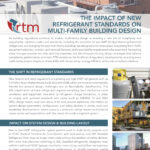As building regulations continue to evolve, multi-family design is entering a new era of complexity and opportunity. Updated codes and standards, including the transition to low-GWP (Global Warming Potential) refrigerants, are changing the way multi-family buildings are designed and constructed. Everything from HVAC equipment selection, location, architectural features, and sustainability targets need to be examined. Navigating these changes requires not only technical expertise, but also forward-thinking design strategies that balance compliance, performance, and cost. RTM remains at the forefront of regulatory developments, ensuring every multi-family project adapts to these shifts with future-ready, energy-efficient, and code-compliant solutions.
THE SHIFT IN REFRIGERANT STANDARDS
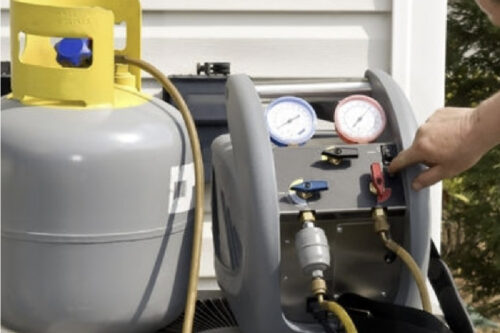 New federal and state regulations are phasing out high-GWP refrigerants such as R-410A in favor of alternatives like R-32 and R-454B, which are more environmentally friendly but present design challenges due to flammability classifications. The A2L classification of these refrigerants impacts everything from mechanical room ventilation and equipment clearance to refrigerant charge limitations. In order to comply with updated standards and codes (such as ASHRAE 15 and 2024 IMC), design teams must now account for and provide additional information on system design parameters, configuration, and safety devices. In dense, multi-unit residential developments, where space is a premium, design teams must balance owner wants and expectations with the needs of a code compliant system.
New federal and state regulations are phasing out high-GWP refrigerants such as R-410A in favor of alternatives like R-32 and R-454B, which are more environmentally friendly but present design challenges due to flammability classifications. The A2L classification of these refrigerants impacts everything from mechanical room ventilation and equipment clearance to refrigerant charge limitations. In order to comply with updated standards and codes (such as ASHRAE 15 and 2024 IMC), design teams must now account for and provide additional information on system design parameters, configuration, and safety devices. In dense, multi-unit residential developments, where space is a premium, design teams must balance owner wants and expectations with the needs of a code compliant system.
IMPACT ON SYSTEM DESIGN & BUILDING LAYOUT
Due to low-GWP refrigerants, typical systems used in multi-family projects such as VTAC (Vertical Terminal Air Conditioner), split heat pumps, and VRF (Variable Refrigerant Flow) may no longer meet code without the addition of safety devices. With most manufacturers switching to A2L classified refrigerants, designers must rethink traditional HVAC layouts, mechanical room sizing, and airflow management to meet compliance while optimizing performance. In retrofit scenarios, spatial constraints may also drive the need for innovative equipment placement or equipment re-selection to maintain functionality without major structural alterations.
TAILORED STRATEGIES FOR COMPLIANCE AND EFFICIENCY
RTM works closely with manufacturers, code officials, architects, owners, and contractors to create tailored designs that address the unique needs of each multi-family project. This includes streamlining the design process through feasibility studies and clear coordination between mechanical, architectural, and other consultants. Coordination is achieved through proactive conversations and detailed modeling of equipment, refrigerant piping, and safety devices. By aligning with current, and preparing for future regulations, RTM delivers smart, adaptable HVAC solutions that integrate seamlessly with broader energy and sustainability goals.
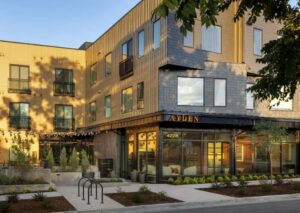
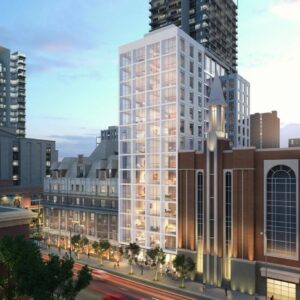

ENHANCED PROJECT OUTCOMES
- Code Compliance: Designs meet evolving state and federal refrigerant regulations.
- System Optimization: Equipment is selected and configured to ensure maximum energy efficiency and performance.
- Risk Reduction: Proactive mitigation of hazards related to refrigerant safety and installation reduces long-term risk.
- Long-Term Value: Future-ready systems reduce lifecycle costs and improve building sustainability.
BENEFITS OF EARLY DETECTION
- Design Efficiency: Informed decisions made early in the project timeline minimize redesigns.
- Cost Savings: Avoid costly changes by accounting for refrigerant driven system shifts during initial planning and conceptual design.
- Sustainability: Systems can be aligned with long-term energy goals and green building certifications.
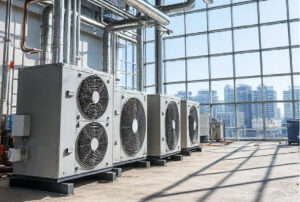

ENSURING SAFETY AND PERFORMANCE
 Safety is paramount when working with flammable A2L refrigerants. RTM’s approach includes detailed hazard assessments, adherence to ASHRAE 15 and 34 standards, and incorporation of ventilation and leak detection systems. Additionally, our multidisciplinary teams ensure seamless integration between mechanical, electrical, and structural disciplines to support efficient construction and system longevity.
Safety is paramount when working with flammable A2L refrigerants. RTM’s approach includes detailed hazard assessments, adherence to ASHRAE 15 and 34 standards, and incorporation of ventilation and leak detection systems. Additionally, our multidisciplinary teams ensure seamless integration between mechanical, electrical, and structural disciplines to support efficient construction and system longevity.
RTM’s expertise in HVAC system design and building code compliance ensures that multi-family developments not only adhere to today’s refrigerant standards but are adaptable and future-proofed for continued environmental progress. Through continuous education and proactive planning, we help clients make confident decisions that support long-term value and regulatory resilience.

